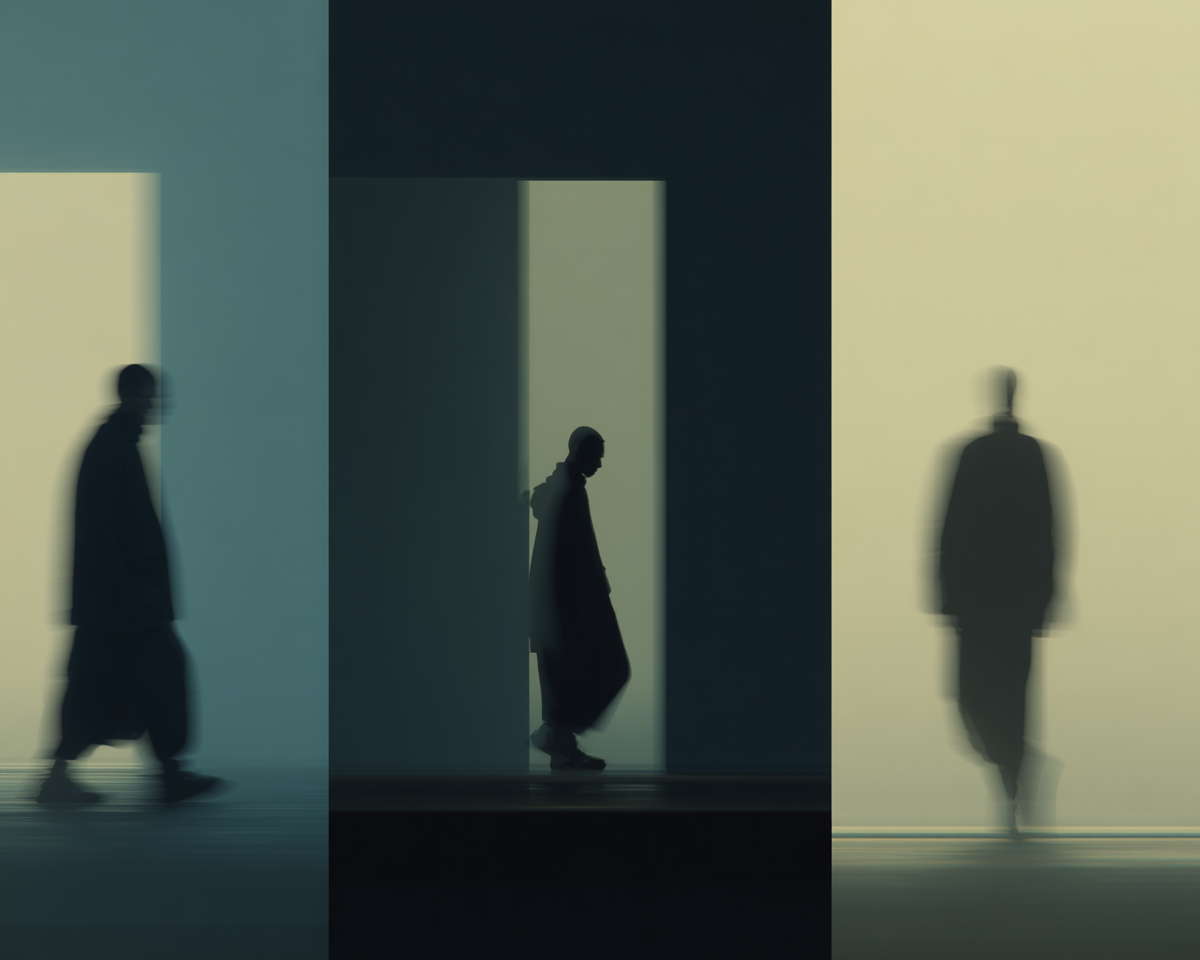WHAT THE 2025 STATE OF AI IN DESIGN TELLS US ABOUT YOUR CREATIVE FUTURE
If you’ve ever found yourself Googling "best AI tools for graphic designers" or wondering "Am I behind in learning AI?"— you’re not alone. The 2025 "State of AI in Design" report, published by Designer Fund and Foundation Capital, surveyed nearly 400 designers and confirmed something we’ve all felt: we’re figuring this out in real time, together.
At House of gAi, we live at the intersection of creativity and technology. We’re here to help creatives stay inspired, curious, and confident as they explore AI. Here's our take on what this report means for your creative journey as a graphic designer — plus links to help you dive deeper.
WHERE DESIGNERS STAND WITH AI
The report found that designers fall into three camps:
Explorers – experimenting with every AI tool they can get their hands on.
Observers – watching from the sidelines, unsure where to start.
Skeptics – questioning the hype and impact on craft.
This insight is huge: no matter where you land, there’s a place for you in this shift. And at House of gAi, we’re building resources for every phase of that journey. Join the Creative Futures Hub for free beginner’s guides to generative AI in design.
BEST AI TOOLS FOR DESIGNERS (THAT REAL CREATIVES ARE USING)
These were the top tools mentioned:
Figma AI (for UI/UX suggestions and ideation)
ChatGPT (for brainstorming, research, and content)
Midjourney (for early-stage visual exploration)
Runway and Notion AI (for motion design and workflow support)
These aren’t just buzzwords — they’re shaping creative workflows today. If you’re new to them, check out out our MidJourney course for graphic designer and creatives, or our AI Branding Masterclass.
WHERE AI ADDS THE MOST VALUE IN THE DESIGN PROCESS
The report is crystal clear: AI is most useful in the early stages of the design process — like research, brainstorming, and concept generation. That aligns with how we teach it: as a tool to enhance your vision, not replace your creativity.
If you want a peek into how we use AI for ideation, explore the VIP Creative Futures Hub, that has tons of talks from industry AI leaders on AI and graphic design.
WILL AI REPLACE GRAPHIC DESIGNERS? (SPOILER:NOPE)
Yes, some designers are nervous. Will AI devalue design work? Or make it more strategic?
The consensus:
AI can’t replace your judgment, your taste, or your ability to decide what matters.
What it can do is level the playing field. Junior designers can prototype faster. Small teams can compete with big agencies. Creatives can spend less time on repetitive tasks and more time making magic.
IF YOU LEAD A DESIGN TEAM, READ THIS
The report had a message for design leads: Your team wants guidance. They’re curious — but overwhelmed.
Now’s the time to:
Offer space to explore and experiment
Provide clear toolkits and ethical frameworks
Celebrate creative process, not just polished results
We can help. Contact us about our team training and workshops for bringing AI to your studio.
FINAL THOUGHT: CREATIVITY IS STILL HUMAN
The biggest takeaway from the report? Designers feel hopeful. Not because AI has all the answers — but because it opens space for more meaningful, intentional creativity.
If you’ve been waiting for permission to start exploring — this is it. The AI revolution isn’t about being perfect. It’s about being present, curious, and open.
👉 Ready to start? Explore our Midjourney for Graphic Designers Course or sign up for our AI Branding Masterclass.
Let’s explore the future — together.
FAQs ABOUT AI IN DESIGN
Q: What are the best AI tools for designers in 2025?
A: According to the report, top tools include Figma AI, ChatGPT, Midjourney, Notion AI, and Runway.
Q: How are designers using AI?
A: Most use AI during the early stages of design — like brainstorming, research, and concepting — rather than final production.
Q: Will AI replace designers?
A: No. AI enhances workflows, but human judgment, creativity, and taste are still irreplaceable.
Q: What is the State of AI in Design Report?
A: It’s a 2025 research report by Designer Fund and Foundation Capital. It surveys how designers are using AI tools, how they feel about them, and how teams are adapting.

